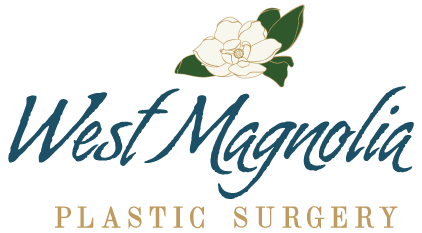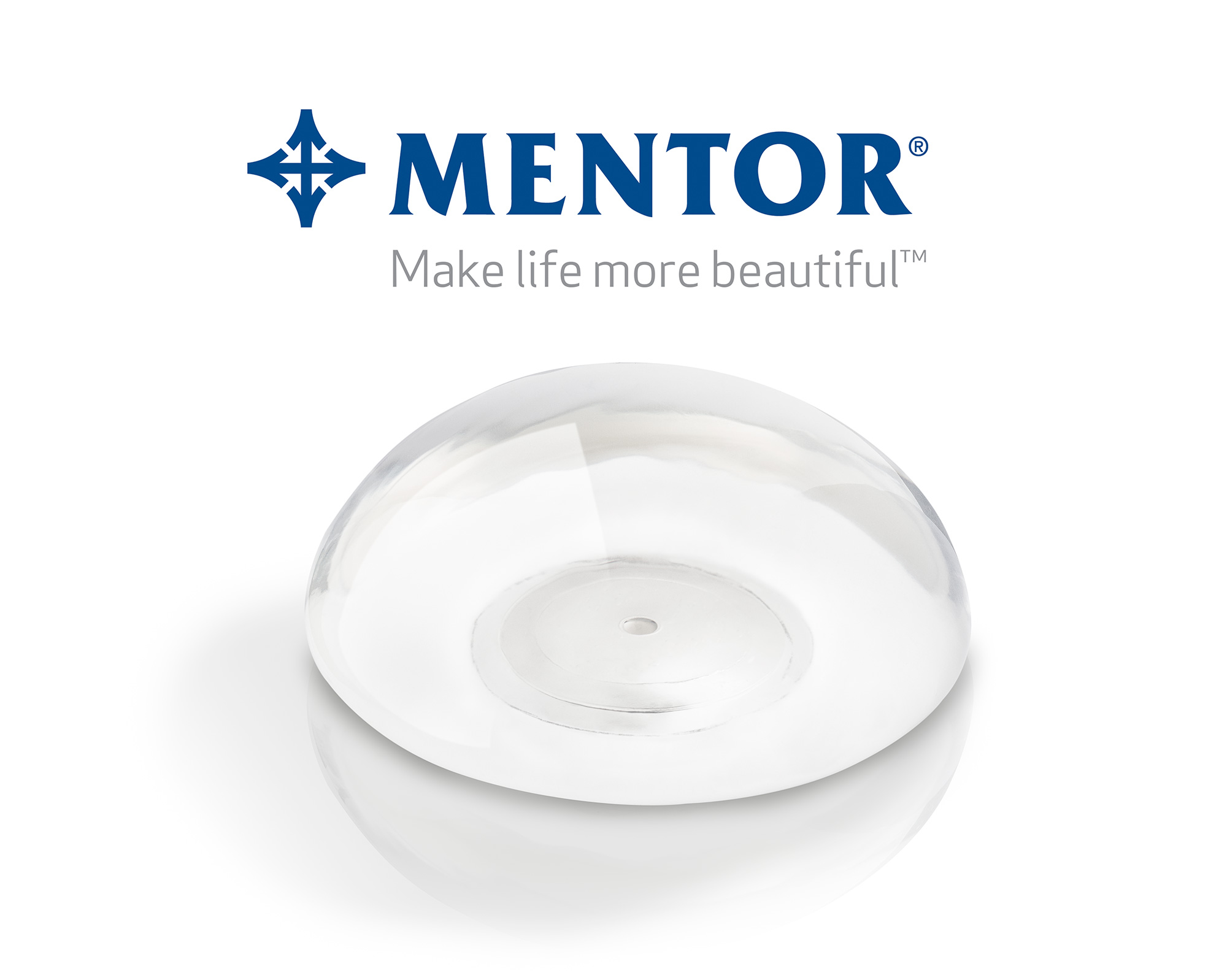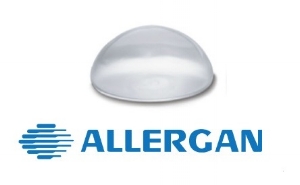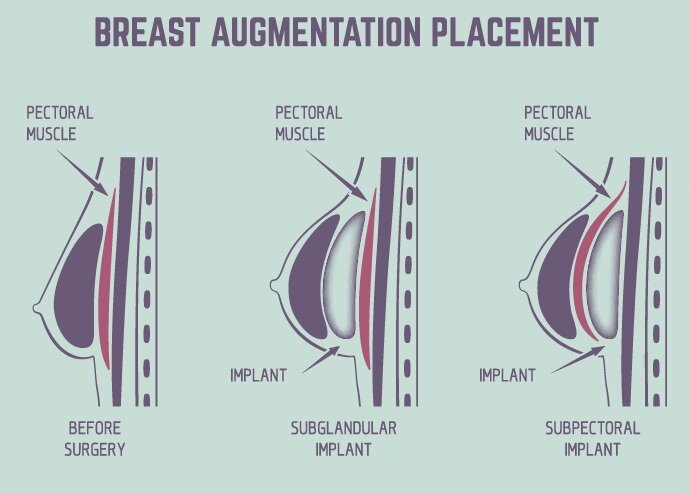Breast Augmentation
What is Breast Augmentation?
Breast augmentation is simply enhancing breast volume, as well as shape, with an implant. This procedure is done under general anesthesia as an outpatient surgery and may be combined with other breast or body procedures such as a breast lift or in combination with multiple procedures for a complete mommy makeover.
Is Breast Augmentation Right for You?
A healthy patient that desires changes in breast size and shape is generally a good candidate for breast augmentation. Patients with multiple medical problems or a complicated breast history for any reason or a history of abnormal and excessive scar formation (keloids) or connective tissue disorders may not be ideal candidates for breast augmentation. This conversation and decision can be made after a full consultation reviewing a patient’s history.
What Implant Should I Choose?
Breast implants are either silicone or saline. The most common implants used in my practice are silicone gels because they are natural in appearance and feel and very safe. Saline implants have a higher risk of rippling and may not feel as natural through the tissues as silicone implants but for specific reasons outlined at time of consultation, saline implants are sometimes a very good alternative to silicone gels. Dr. McLaughlin uses only FDA approved implants including breast implant manufactures: MENTOR & ALLERGAN.
Each offer warranty options:
Are Breast Implants Safe?
Breast implants are very safe and most patients enjoy the results of their decision to proceed with breast augmentation for many, many years. The potential risks related to implants include the possibility of loss of nipple sensation and capsular contracture formation (hardening of the tissue around the implant), among other things. Silicone or saline implants can rupture over time; this is generally a contained or intracapsular rupture and is managed with removal and replacement of the breast implant.
Where Will My Incisions Be?
Incision placement is determined at time of consultation and specific to a patient’s specific tissue characteristics and interests. My preference for implant placement in a patient without a breast lift is an incision in the fold of the breast, or an inframammary fold incision. Other options are a periareolar incision, or around the perimeter of the areola, or an axillary incision.
Dr. McLaughlin's 24-Hour Breast Augmentation Recovery:
The 24-hour Recovery is a process related to both the execution of the surgical procedure and the protocol for the patient to follow after surgery. From a surgery standpoint, breast augmentation generally takes about 30 minutes start to finish if not combined with other procedures. The surgery is done with a cautery device and blood loss is controlled throughout. Many technical nuances during the procedure contribute to less patient discomfort postoperatively. Patients are given specific instructions for activity postoperatively related to gentle exercises and activity. The majority of patients are out of the house, perhaps having lunch with a friend and shopping for new bras, when they are called the following day to assess how they are feeling postoperatively.
Implant Placement
The decision to place an implant over or under the muscle is a function of many factors. For a patient with very thin tissue coverage in the top part of the breast or a personal or significant family history of breast cancer, subpectoral augmentation is generally recommended. With adequate tissue coverage, Dr. McLaughlin's preference is implant placement over the muscle, or the subglandular plane. This option avoids concern for animation of the breast when the muscles naturally flex with activity and, in my opinion, results in a more natural postoperative result.
Length of Breast Augmentation Surgery
For a simple breast augmentation without a breast lift or other procedures combined, surgery takes approximately 30 minutes from incision to closure. The patient is asked to arrive at the office an hour before the scheduled surgery is to start to complete preoperative paperwork. After surgery, patients are generally in the recovery room for about half an hour prior to discharge home.
What Kind of Anesthesia Will I Have?
General anesthesia is used for breast augmentation because it is safe and very well controlled. West Magnolia Surgery Center, on site at West Magnolia Plastic Surgery, is fully accredited by the AAAHC. Local anesthesia in injected into the incisions once the patient is under anesthesia for enhanced postoperative comfort.
What is breast augmentation recovery like?
Activity restrictions after breast augmentation are related to the healing and maturation of the pocket around the implant. For the first 2 weeks, patients are instructed to restrict lifting to less than 20 pounds. After that point, patients are instructed to wear an underwire bra for improved breast and implant support. I believe in implant massage to help reduce capsular contracture and my patients generally start this around week 2. By 8 weeks I allow return to regular activity for the most part. The majority of patients feel so good by postop day 3 or 4 they struggle to remain compliant with restrictions.
Risks Associated with Breast Augmentation
The risks of breast augmentation include bleeding, infection, asymmetry, loss of nipple blood supply and loss of nipple sensation. The most notorious potential sequelae of breast augmentation is capsular contracture: excessive scar tissue around the implant. The exact cause of this finding remains elusive to Plastic Surgeons but many steps have been shown to reduce the risk, all of which are executed at West Magnolia Plastic Surgery.
Preparing for Surgery
A preoperative appointment is scheduled approximately 2 weeks prior to surgery. At this time, all consents and recommendations, instructions for before and after surgery are reviewed. A long list of medications to avoid is reviewed and prescriptions are given for postoperative management. Some patient choose to revisit the implant size they may have previously selected at this appointment which is welcomed. The day before surgery, all patients are called to review final questions, confirm nothing has occurred since the patient was seen at preop that might require rescheduling of the procedure and to finalize arrival time at the facility. All patients are given ample information at the preoperative appointment regarding a time line of what to expect in the recovery process and when.




